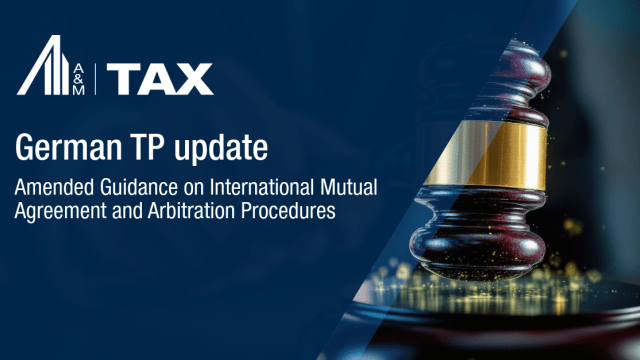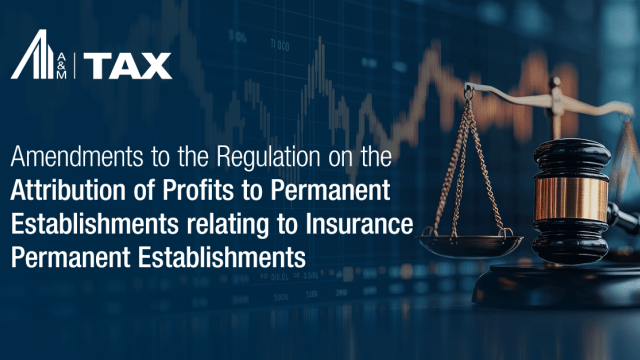VAT’s your edge – How smart startups turn value-added tax into a competitive advantage
“VAT? Oh, my accountant takes care of that.”
That’s a typical reaction when founders hear the word “indirect tax.” And fair enough – VAT is complex, country-specific, and rarely associated with growth.
But for internationally active startups, VAT isn’t just a cost. It’s a lever. Used strategically, it can improve margins, reduce risks, and even impress investors.
Here are three practical ways to turn VAT into a strategic asset:
1. Avoid charging VAT by choosing where you deliver your services
In many cases, B2C services delivered from outside the EU are not subject to VAT. The same applies to certain B2B industries that do not qualify for input VAT deduction – such as financial services or healthcare.
By structuring your delivery model wisely, you can lower your VAT burden, increase margins, and streamline administration.
2. Know your product better than your competitor
VAT rates in Germany range from 0% to 19% – and whether your product falls under the standard or a reduced rate depends on precise classifications.
Customs and excise duties also vary depending on the product type, origin, and use. Misclassifications are not just costly – they can break your pricing strategy.
Startups that understand these rules do not just save money – they gain a price advantage.
3. Secure your position with a binding ruling
Tax uncertainty is a red flag – especially for investors.
A binding ruling from the tax authorities offers legal certainty and clarity. More importantly, it can confirm a favorable VAT treatment, giving you a real edge over competitors still relying on assumptions or interpretations.
At Alvarez & Marsal, we help founders turn indirect tax into an asset – not an afterthought.
If you want to move faster, scale smarter, and reduce your tax exposure, let’s talk.





